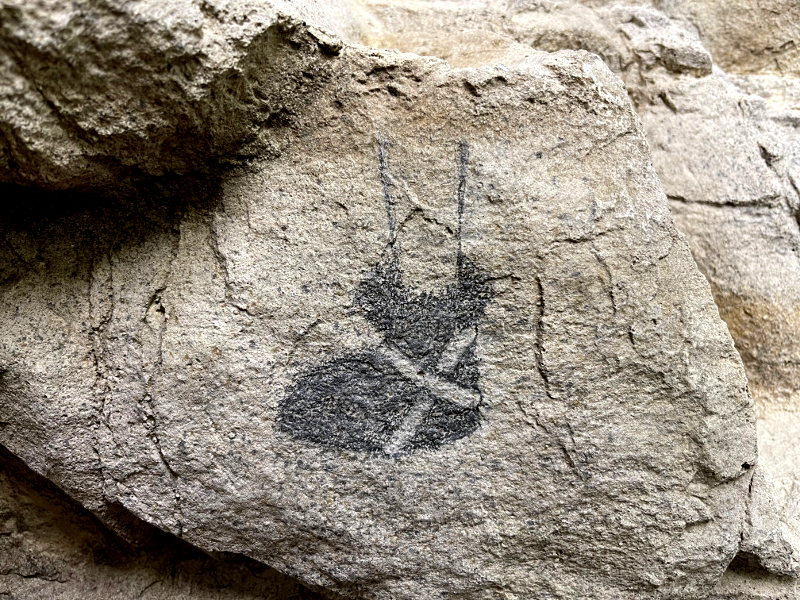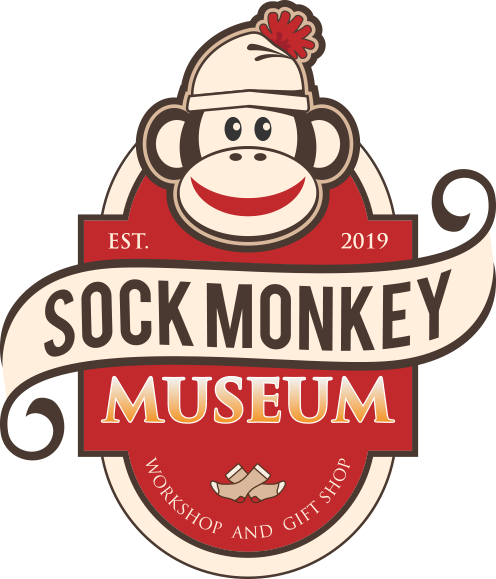Sock Monkey History
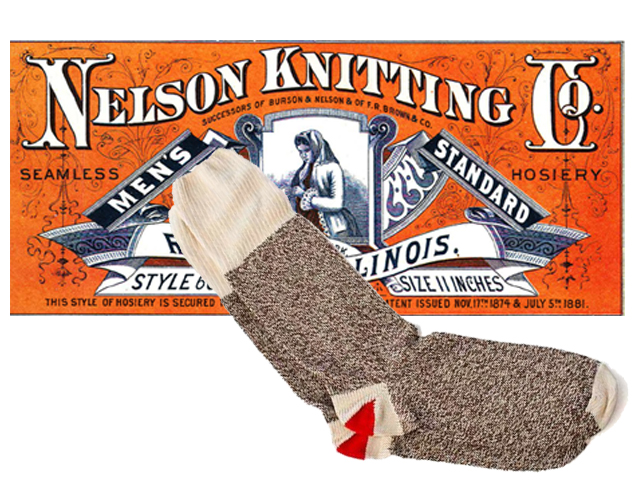
John Nelson immigrated from Sweden to the U.S. and settled in Rockford, IL in 1857. In 1865, he began work on improving the automatic sock knitting machine. Throughout his lifetime, he received several patents for his designs. The Nelson Knitting Company formed in 1880, becoming one of the most well-known brands of work socks at the time.
They produced what they called “Celebrated Rockford Hosiery” and sold them under the name of the “Nelson Sock”. Production of these brown socks with the tan toe, heel and top, reached 450 dozen pair per day in 1904. In 1930, Nelson Knitting produced 686,218 dozen pair of these work socks.
In 1932, the Nelson Knitting Company added the trademark red heels to their durable work socks to distinguish them from their competitor’s.
During the Great Depression, money was scarce. Moms and Grandmas found ways to make things at home, including toys for their children, with items they already had. Cutting and sewing a pair of worn out work socks, they created their own Sock Monkey dolls. They stuffed them with whatever was available, like sawdust, nylons, rice, or foam and decorated them. The red heels became the mouth and bottom of each Sock Monkey. The rest is history, as they say.
To hear more about Sock Monkeys and their history, visit the Museum and watch our Sockumentary, narrated by, (who else?) Sockrates.
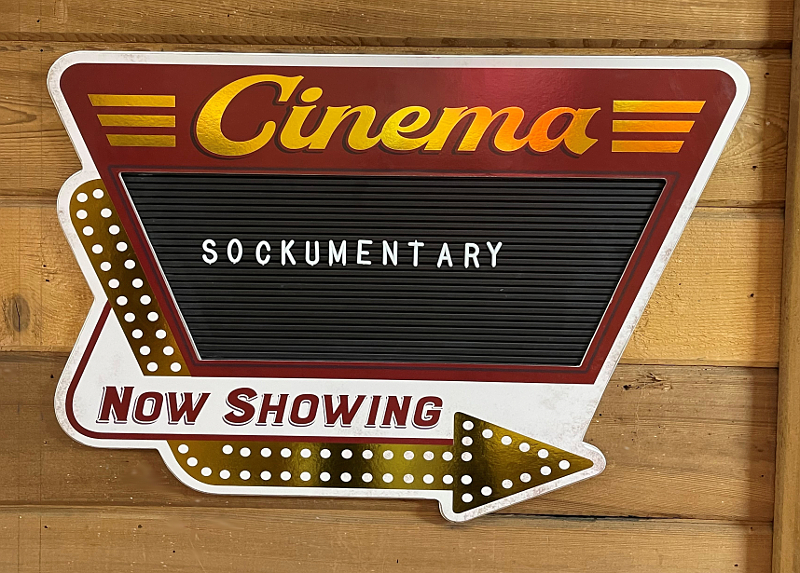
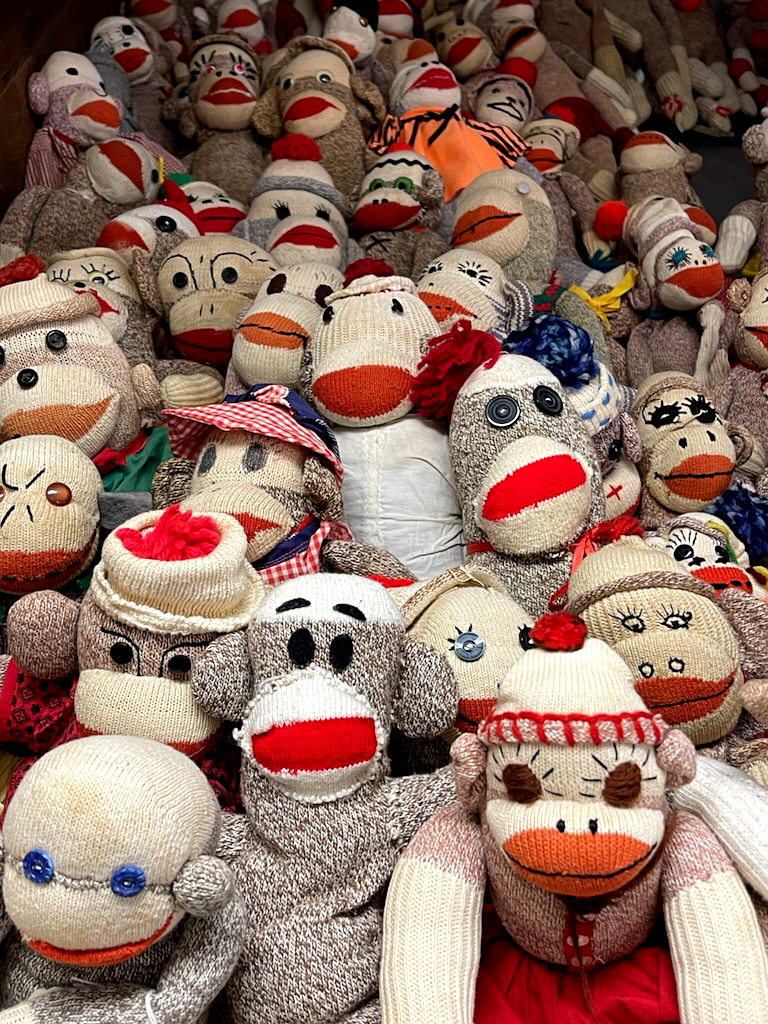
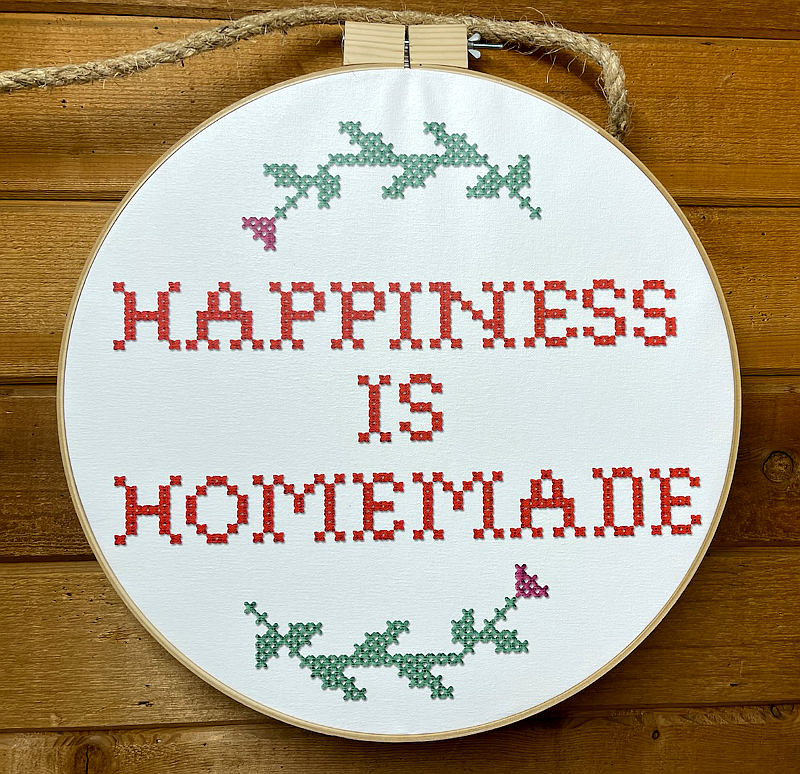
SOCK HISTORY
Socks are possibly the oldest type of clothing still in use today. Most likely, our caveman ancestors didn’t want cold feet.
There are no socks left from the Stone Age but cave paintings and archeological finds give some clues as to what they may have looked like. The socks that caveman wore don’t resemble what we have today.
Primitive socks were made from animal skins/leaves/leather tied around the ankles. Sometimes animal fur was added inside for extra warmth.
